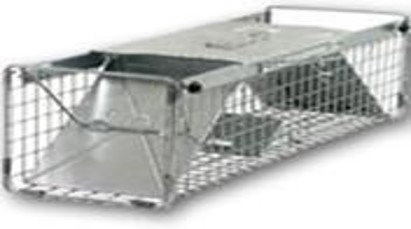
A live trap is a trap that doesn't kill the animal. They are generally built by employing a cage with a trap door that lowers when the animal crawls into it. Bait is placed inside the cage and the animal’s weight trips the door and closes it. Live trapping is an effective animal control alternative that is both humane and earth-friendly. Whether you are successful in catching a live animal depends on choosing the right bait and location among factors.
It is recommended that you get all the necessary information from local vets and authorities before setting a trap to determine the lawful method of releasing a captured wild or nuisance animal. Many species are protected by law.
The following tips should be used when preparing to live to catch your nuisance animal:
Testing the Trap
Following the instructions contained in the carton, you may want to test the trap and spring it a few times to make sure that it works properly. For example, spring it by touching the trip plate from each end.
This should be done also after the trap has been set and camouflaged to make sure it works freely. If you feel the doors do not work fast enough, place small stones or other weights on top of the door. This will cause doors to drop faster.
New Traps
When you receive the trap it will be bright and new. Therefore do not be discouraged in case you do not catch what you anticipated the first night or day. The effectiveness of traps usually improves with age. Some animals do not mind a new trap while others do.
So instead of setting the trap to catch the first animal to come along, bait the trap, or simply place it where you intend to set it and fasten the doors open by means of a stick or wire.
After a couple of days, when you notice the bait has been disturbed or taken, it is time to set the trap.
Camouflaging your Trap
Camouflaging the trap is an effective means to entice the animal.
Place twigs and leaves all over the trap to remove a lot of the glare from the trap. You can even spray it with water and throw dirt on it to give it a conditioned look.
Animals will not be discouraged from entering the trap by the smell of your handling the trap or from supposed machine/oil odours in the manufacturing process.